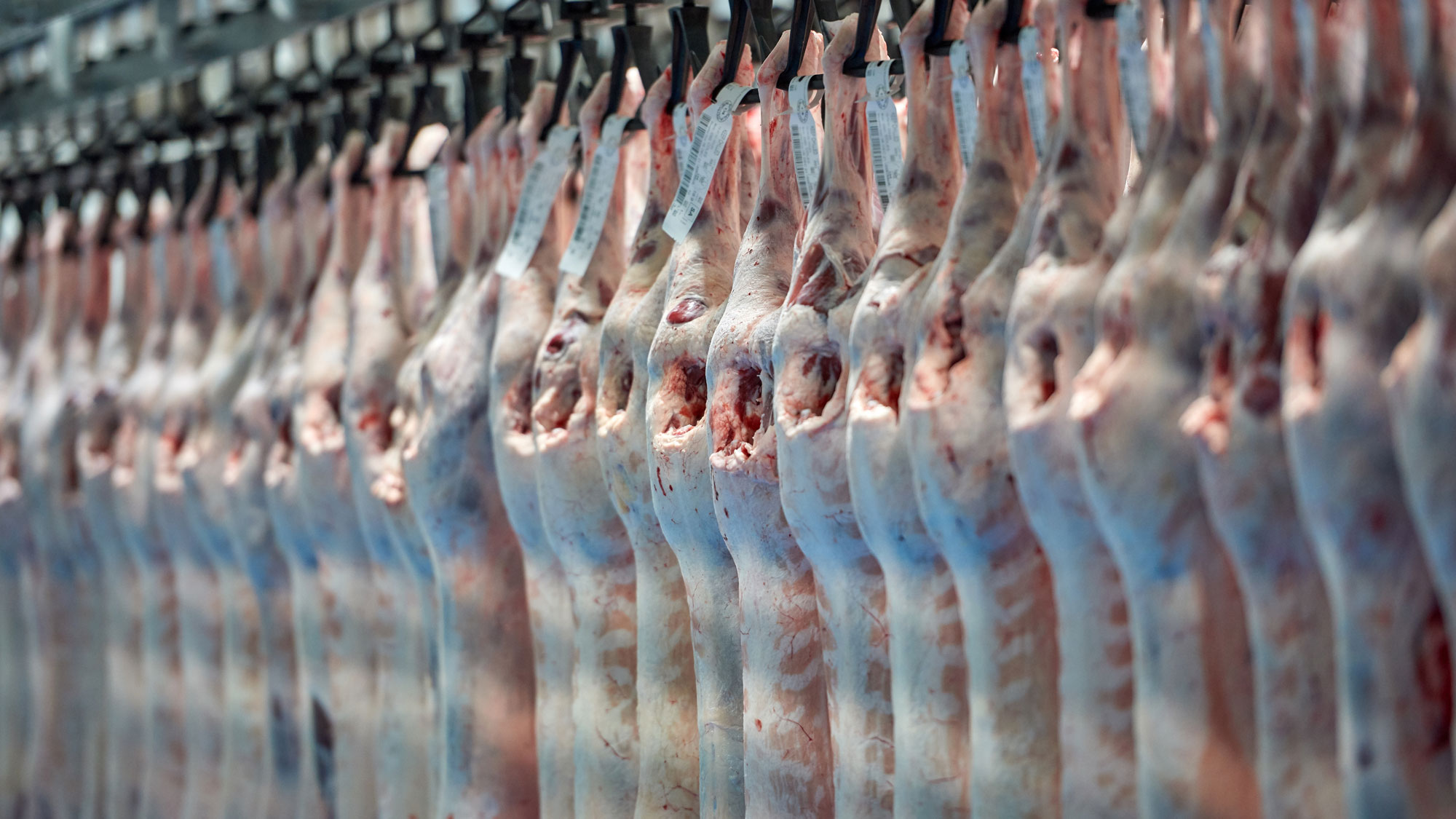Tool 3.4 Lamb production checklist
Tool 3.4 Lamb production checklist
Quality assurance procedure |
Action |
|
Breeding: use high performance rams with ASBVs for carcase and production traits that suit your system. Source ewes of high genetic merit. |
Record ASBVs of rams used and evaluate figures in future purchases to suit production system. |
|
Marking and vaccination: mark lambs between 3 and 6 weeks of age. Minimise carcase and pelt damage by vaccinating correctly, following all label directions. |
Vaccinate only on the head or neck. Record date, vaccine and volume used. |
|
Pastures: graze lambs on high-quality pastures to achieve target growth rates from birth to sale. Manage stock to achieve constant growth rates in lambs. |
Weigh a sample of lambs at marking, weaning and prior to sale. |
|
Mustering: avoid excessive stress on lambs and move sheep carefully in hot weather. Muzzle all dogs and use low stress stock handling methods (see chapter 11.5 in MMFS Module 11 Healthy and Contented Sheep). |
Avoid sheep work in the hottest part of the day. Use well trained dogs and adopt low stress stock handing techniques. |
|
Management: draft lambs into three weight ranges so the growth rates of different mobs can be monitored. Assess mobs that are nearing target sale weight and fat score. |
Record weights and segregation dates. |
|
Assessment close to or at point of sale: weigh all lambs 2-3 hours off feed and draft those meeting target specifications. Use an estimated dressing percentage to calculate carcase weight. Fat score about 20% of each weight category at the GR site. If the processor has a strict grid that rewards targeted GR ranges then fat score all lambs. Take care when yarding lambs to avoid skin and pelt damage. Complete National Vendor Declarations for each consignment. |
Record all liveweights, fat scores and estimated carcase weights of sale lots. Make comparisons to feedback sheets. Do not use spray marks on the main body area. |
|
Health treatments: observe the correct withholding and export slaughter interval periods for any drenches, dips or antibiotics used. |
Keep a record of treatment dates and application rates. Supply records on request. |
|
Crutching and shearing: ensure sale lambs are free of faeces and stain. Bung-hole crutch only to maximise skin value. Crutch at least 7 days before sale to avoid stress. Do not send lambs to market with unhealed or infected wounds. |
Record dates of crutching and shearing. |
|
Loading transport: move lambs quietly to avoid stress. Use muzzled dogs. Do not lift lambs by the wool. Observe recommended trucking densities. Sheep should be kept off feed for 12 hours prior to trucking. Lambs should have access to water at all times whilst not in transit. Time off feed should not be greater than 48 hours before slaughter. |
Watch the weather. Use accredited livestock carriers. Agree to a loading time. |
|
Marketing: if selling over the hooks, sell lambs on a hot standard carcase weight basis and seek feedback on each consignment. |
Apply a professional approach to marketing and use feedback in a continuous improvement program. |
Source: MLA Live assessment yard book – sheep and lamb, adapted by AWI and MLA






